#Cuban minister under pressure for saying country has no beggars. Cuba’s labour minister denied there are beggars in the poor, Communist-run country in official testimony, prompting rare criticism by Cuban President Miguel Díaz-Canel of one of his own ministers on Tuesday.
“We have seen people who appear to be beggars, but when you look at their hands, when you look at the clothes those people wear, they are disguised as beggars ... In Cuba, there are no beggars,” Labor and Social Security Minister Marta Elena Feito said on Monday, while testifying before a commission of parliament.
“They have found an easy way of life, to make money and not to work as is appropriate,” she said in a statement broadcast live on state television.
Her words struck a nerve in Cuba, where years of crisis marked by runaway inflation and scarcity of basic goods have left large swaths of the population living day-to-day and a small, but increasing number of visibly impoverished people on the street,
“These people, who we sometimes describe as homeless or linked to begging, are actually concrete expressions of the social inequalities and the accumulated problems we face,” Diaz-Canel told the same commission on Tuesday.
“I do not share some of the criteria expressed in the commission on this issue,” he said.
Feito characterized people wiping windshields on street corners as possibly looking for money to get drunk, and those picking through garbage as unlicensed self-employed recyclers dodging taxes.
“The economic crisis has exacerbated social problems … the vulnerable are not our enemies,” Diaz-Canel said.
The minister was not seen during broadcasts of Tuesday’s parliament session.
Reporting by Marc Frank, additional reporting by Nelson Acosta; Editing by Rod Nickel
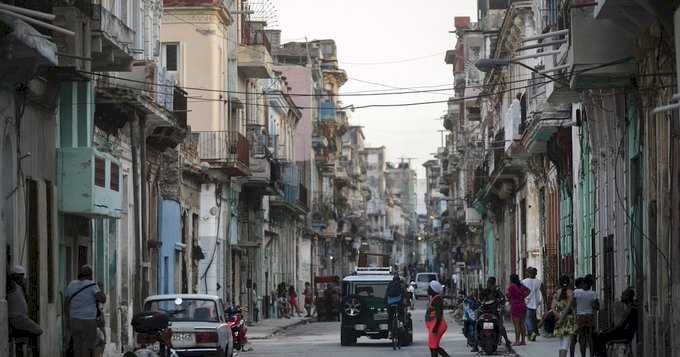

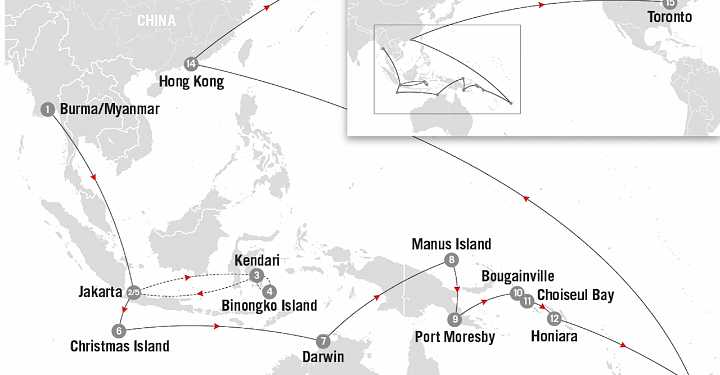


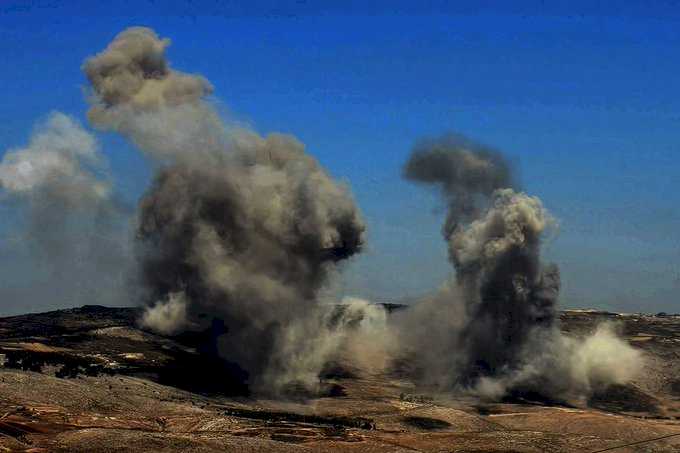
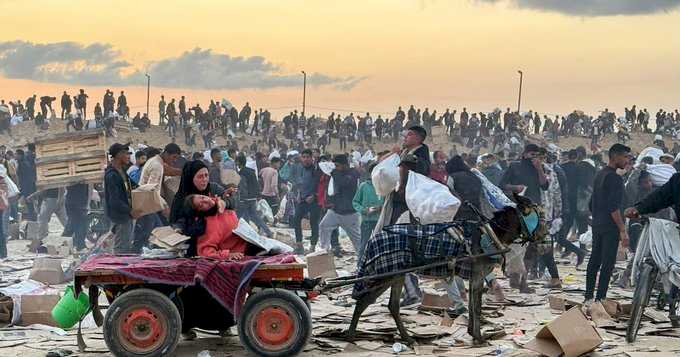

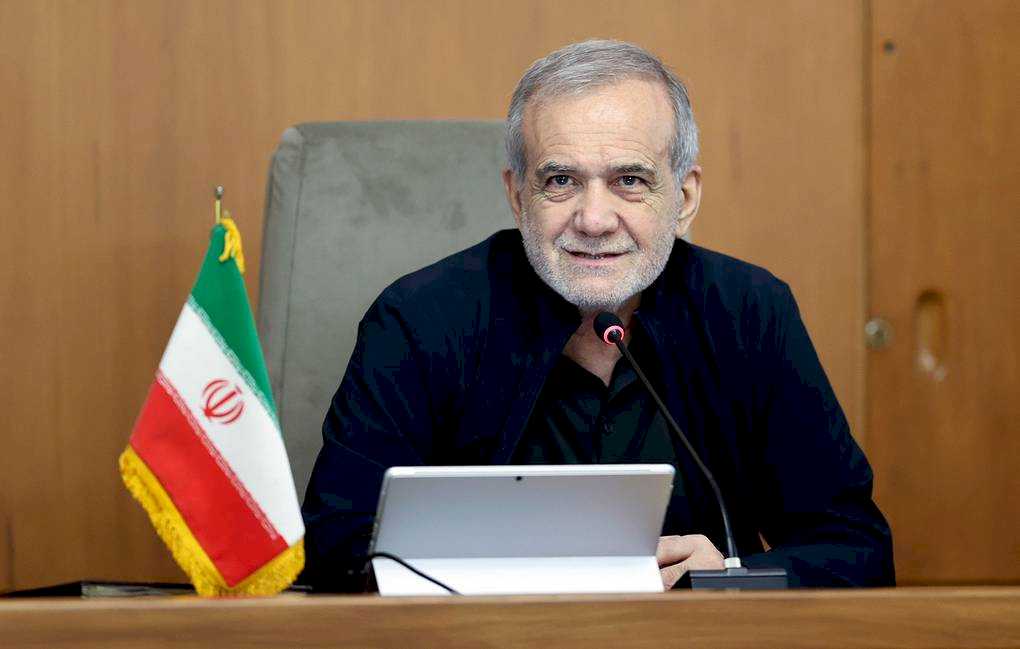
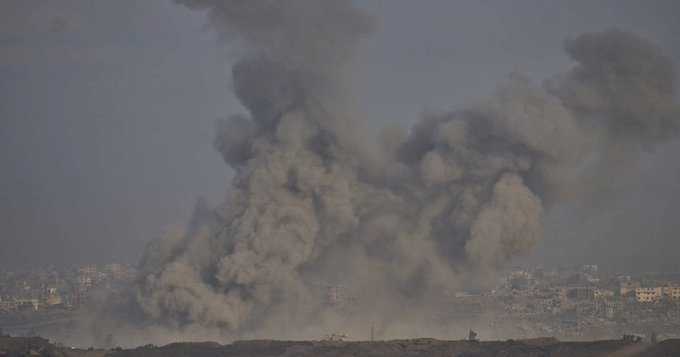
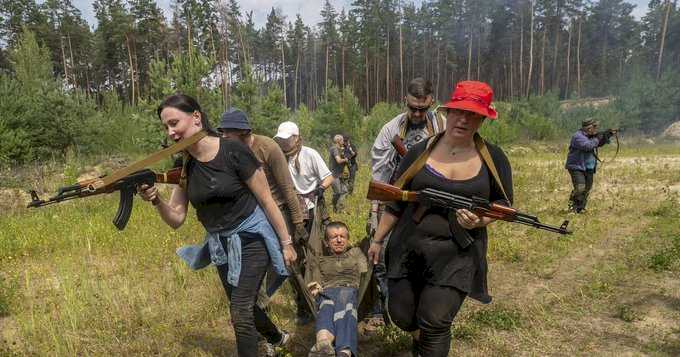

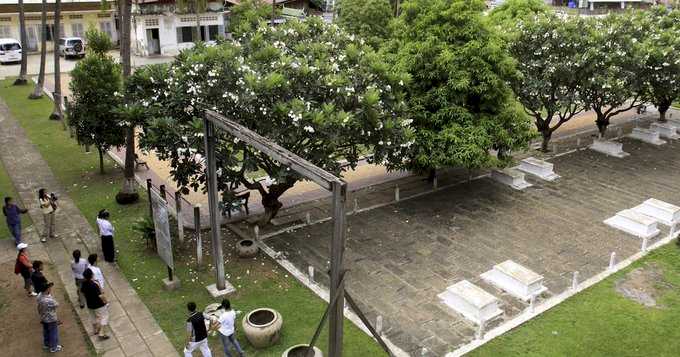



Global News on Umojja.com